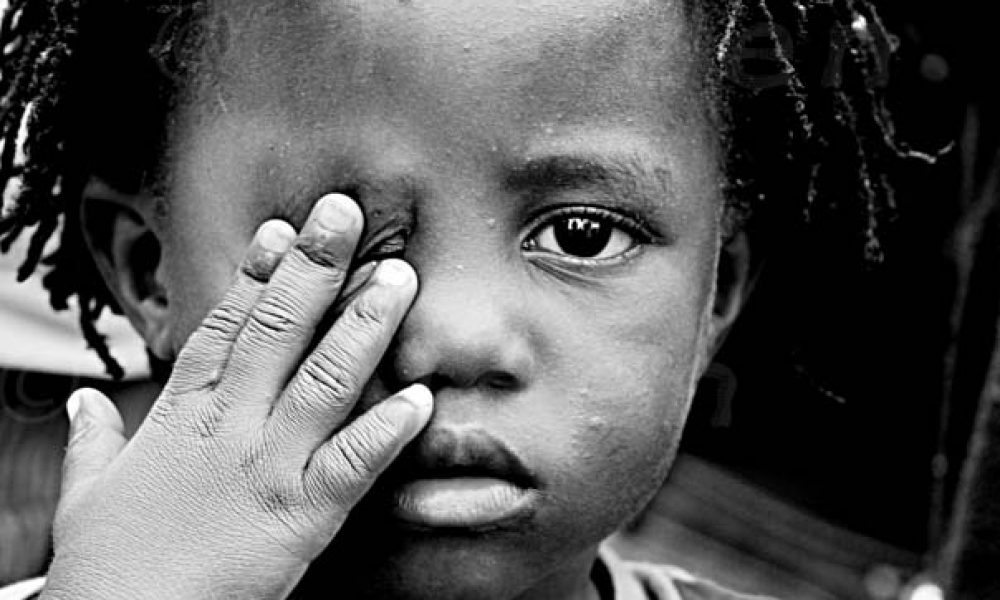
This year’s World Day Against Child Labour focuses on action taken for the 2021 International Year for the Elimination of Child Labour. It is the first World Day since the universal ratification of the ILO’s Convention No. 182 on the Worst Forms of Child Labour and takes place at a time when the COVID-19 crisis threatens to reverse years of progress in tackling the problem.
In June for World Day, the ILO and UNICEF will release new global estimates and trends on child labour (2016-2020), under the aegis of Alliance 8.7. The report will include an assessment of how the pace of progress towards ending child labour is likely to be affected by the COVID-19 pandemic and the unprecedented economic crisis that has accompanied it.
For this year’s World Day, a “Week of Action” will be launched around 12 June, starting with the launch of the new global estimates on child labour. The events and activities carried out during this week will be an opportunity for partners to showcase progress in carrying out their “2021 Action Pledges.” All pledges made by regional, national and organizational stakeholders and individuals will be featured on the website for the 2021 International Year in April.
Combating child labour
Almost one in ten of all children worldwide are in child labour. While the number of children in child labour has declined by 94 million since 2000, the rate of reduction slowed by two-thirds in recent years. Target 8.7 of the UN Sustainable Development Goals calls for an end to child labour in all its forms by 2025. How can the world community get firmly on track toward eliminating child labour?
Prevalence of child labour
Children around the world are routinely engaged in paid and unpaid forms of work that are not harmful to them. However, they are classified as child labourers when they are either too young to work, or are involved in hazardous activities that may compromise their physical, mental, social or educational development. In the least developed countries, slightly more than one in four children (ages 5 to 17) are engaged in labour that is considered detrimental to their health and development.
Africa ranks highest among regions both in the percentage of children in child labour — one-fifth — and the absolute number of children in child labour — 72 million. Asia and the Pacific rank second highest in both these measures — 7% of all children and 62 million in absolute terms are in child labour in this region.
Africa and the Asia and the Pacific regions together account for almost nine out of every ten children in child labour worldwide. The remaining child labour population is divided among the Americas (11 million), Europe and Central Asia (6 million), and the Arab States (1 million). In terms of incidence, 5% of children are in child labour in the Americas, 4% in Europe and Central Asia, and 3% in the Arab States.
While the percentage of children in child labour is highest in low-income countries, their numbers are actually greater in middle-income countries. 9% all children in lower-middle-income countries, and 7% of all children in upper-middle-income countries, are in child labour. Statistics on the absolute number of children in child labour in each national income grouping indicate that 84 million children in child labour, accounting for 56% of all those in child labour, actually live in middle-income countries, and an additional 2 million live in high-income countries.

